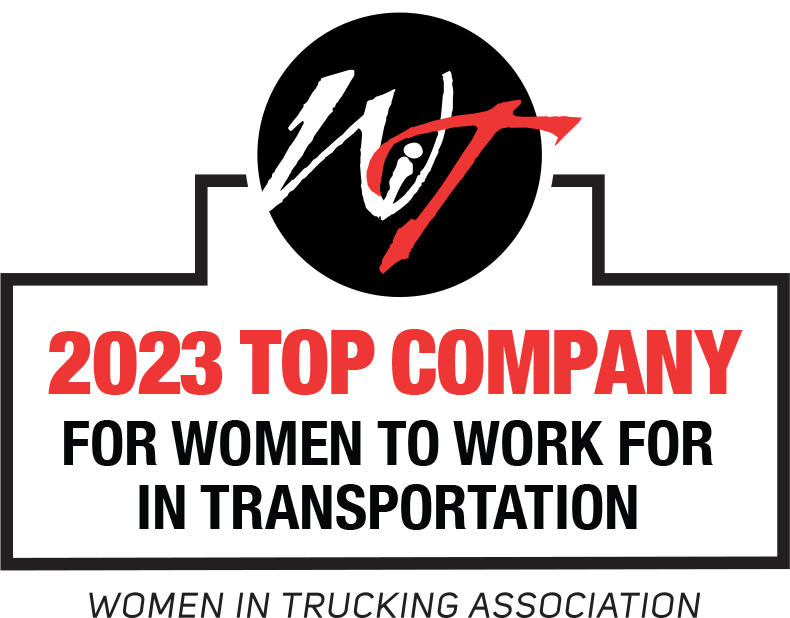Each year, dictionaries add countless new expressions (hello “dad bod”) or new definitions for old terms.
The logistics lexicon is also evolving, which is why we’re pleased to introduce this new AFS feature – and to kick it off with these six ever-changing and potentially loaded parcel handling expressions.
Any way you define it, we hope you find it helpful.
DAS
Delivery Area Surcharge, an extra fee to help cover the costs of delivering parcels to areas that are farther away or especially remote. In 2021 this went from a flat fee to a zonal one. That’s potentially good news if most of your parcels are headed to shorter zones, because you may actually be paying a lower surcharge than you previously did. However, it’s a total bummer if more of your parcels are destined for longer zones, because DAS’s have now become considerably higher.
DIM
Dimensional Weight, the amount that a package theoretically should weigh based on the combination of its length, width and height (and the standard by which most parcels are now shipped). Although carriers have used DIM for many years, it’s still a difficult concept for most shippers to get their hands around, which puts parcel carriers at a distinct advantage when it’s time to negotiate rates. (For example, did you know that you can negotiate a different DIM weight divisor and if that divisor is considerably larger, it could result in huge savings? Probably not!) It’s about to get even more confusing, because carriers are about to complicate it with tiered pricing. We’ll talk more about this in a future blog post, so stay tuned.
FSC
Fuel Surcharge, the additional fee that carriers charge in order to account for significant and unexpected increases in fuel costs. While this surcharge was once intended to be a temporary fix between General Rate Increases (GRI), it has lately become a semi-permanent part of most companies’ parcel spend. In fact, after this year’s GRIs were announced, carriers didn’t just keep FSCs in place, they also made them higher. For more about this, check out our recent blog on parcel carriers’ FSCs.
GSR
Guaranteed Service Refund, a money-back guarantee that parcel carriers offer if certain parcels aren’t delivered when promised. Once tied to a wide range of premium services, most GSRs were suspended at the start of the pandemic, and many still haven’t been reinstated. Keep this in mind before you hit the “buy” button for higher-priced services like premium ground, because until they’re back in place, your carriers will have little to no economic disincentive for being laissez faire about their delivery timing. In addition, be sure to read this month’s Ask AFS feature for more information about how to ensure your company is really getting all of the VIP services or money back it’s entitled to.
Large Package Surcharge
A surcharge that carriers assess on extra-large packages. In many ways, this is a charge that adds insult to injury, because the DIM charges for large packages are obviously already substantial. Just as important, it’s yet another reason to consider optimizing your product/package alignment – and to make sure your fulfillment personnel are being extra careful not to send orders out in boxes that are larger than necessary.
Peak
The time/season when demand for parcel delivery service is at its highest – and when parcel carriers levy a surcharge to account for it. Peak used to last about six weeks with a predictable beginning and end that coincided with the busy holiday shopping and returns season. However, it’s not just for holidays anymore, as we all learned the hard way when carriers decided to treat almost all of 2021 (and beyond) as peak. In fact, peak can largely become effective and remain in place at carriers’ discretion, which is hugely beneficial for them and bad for your bottom line.
Want to know more about these terms – or any others that are impacting your bottom line? As parcel experts, AFS manages more than $4B worth of parcel spend a year – and we’d be delighted to talk shop with you anytime. Feel free to contact us at [email protected].










